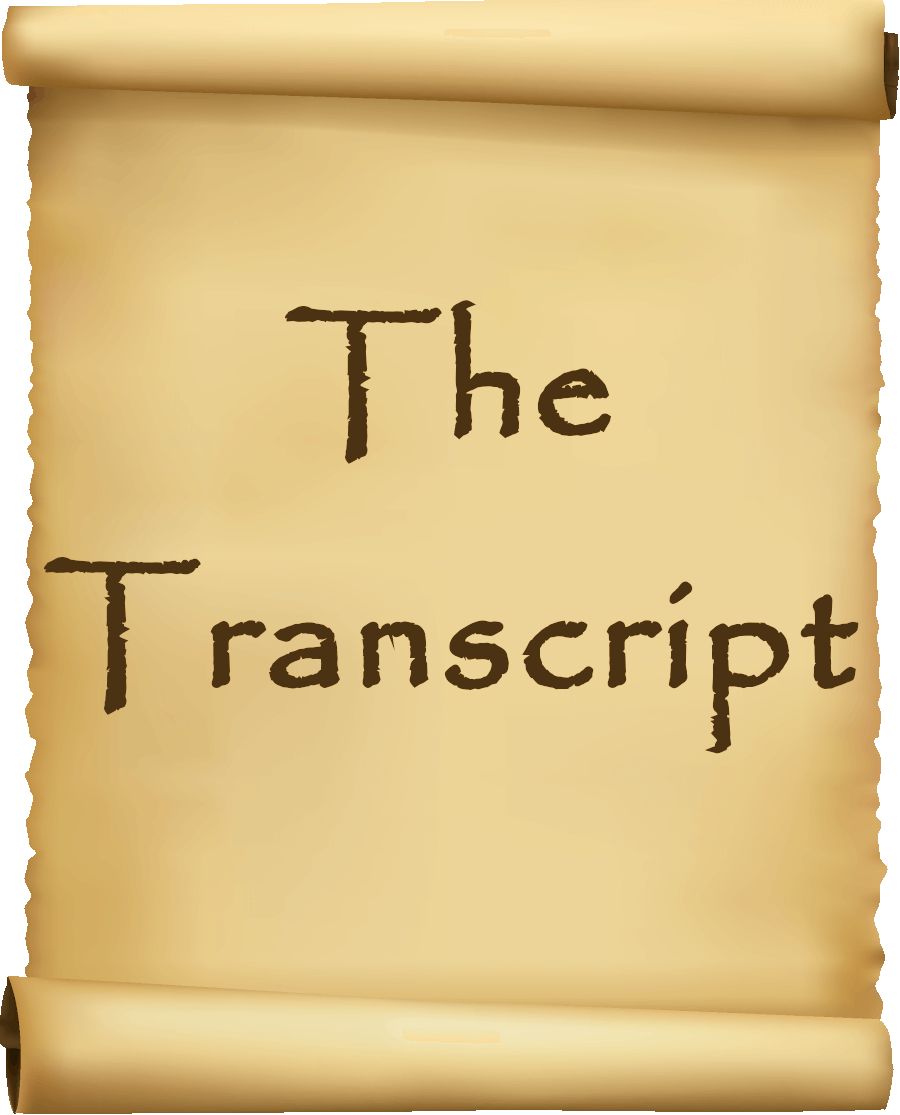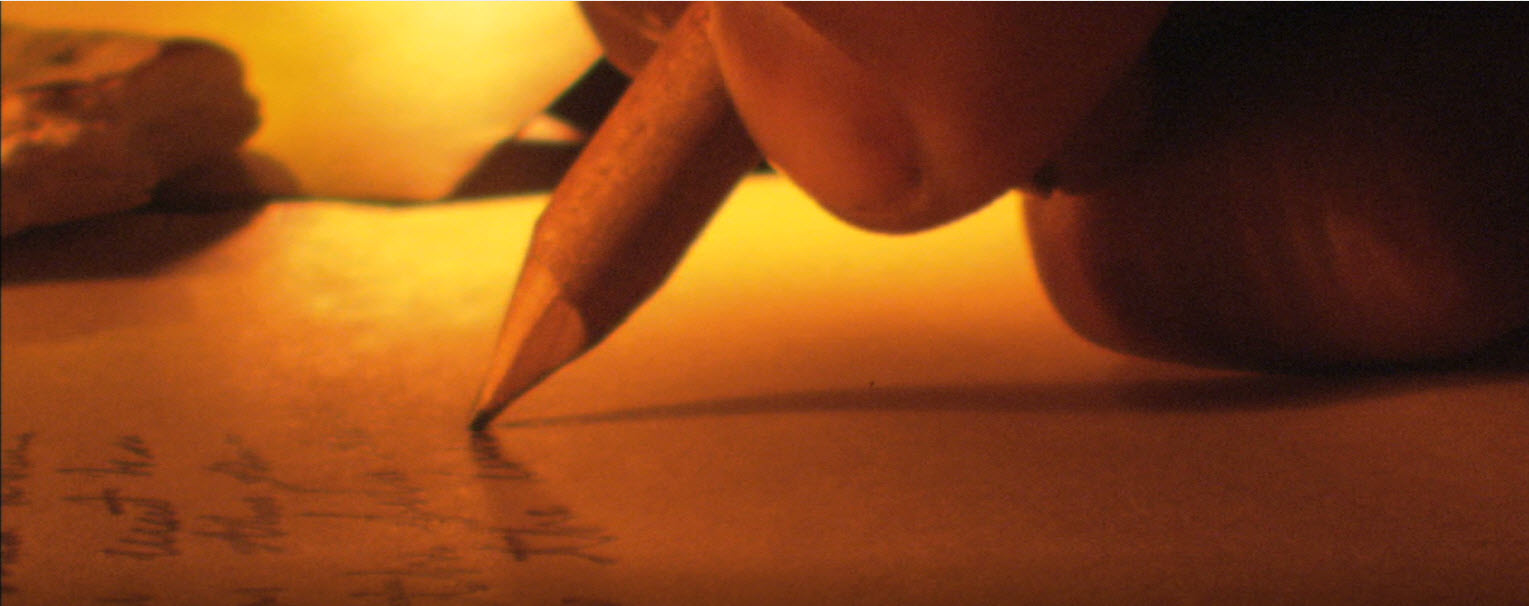TRANSCRIPT 120413063429
1 FV—I felt as if a great force tied me down and wouldn’t let me get up from my trance. It was like something that was holding me down, which I can describe as negative, but at the same time, my soul did not interpret it as a ‘bad’ negative because of the understanding that there is no such thing as a ‘bad’ negative force.
2 I couldn’t identify it as evil. I simply recognized it as the will—as if it were a game where I was not allowed to move. It was holding me and didn’t let me get out of that something where I was.
3 That something was like a state of mind of darkness, stillness, where there was no movement. It was a feeling of negativity. I was feeling uneasy.
4 But negativity was something that one identifies with in this life because, in this life, it is either positive or negative—either it is good, or it is bad. But it was a force that, at the same time, was not a force; it was nothingness. And I had to find the strength, movement, energy to be able to move: To give me strength, life, movement, expression.
5 The problem was in the identification of things apparently given before defining them as bad. It was deciphered as something bad, as something negative: evil, hell, devil, Satan.
6 That ”something” was defined as such when it was none other than the lack of movement. And the force, the uncomfortable feeling, that desire to get out of that nothingness, using the strength to move I no longer had, was like having reached my limits to get out of that aspect that many call negative.
7 It was like a test for me to understand that what they call evil, what many call ill intent is simply the lack of will— lack of movement: That expression, of being stagnant, of allowing oneself not to move and to be caught in the non-movement, in the void where there is no strength to get out.
8 But I truly wanted to get out because, in essence, I wanted to be in movement. And that movement is what gave me the strength to come out of being stagnant. And non-movement means lack of one’s existence where if we do not move, we cease to exist, and if we do not exist, by no longer moving, we cease being. That feeling is the worst that exists: to stop BEING. That feeling that we have interpreted as evil, Satan, hell is simply not having the strength to BE.
9 Which means that death does not and will not exist. It is simply an emotion or a stage where the desire to be something goes beyond the state where one finds oneself where one is nothing, there is no movement, and one ceases to exist. And the distress for one wanting to move becomes overwhelming because of the lack and inability to move, and the anguish of looking for that movement is extremely overwhelming because one seeks movement. My question is: Why did I get there?
10 CFKW — To show you how it is and how to interpret it to tell other.
11 FV — But then: How does it take place? How does one get to that state?
12 CFKW—When one feels tired, discouraged. When one loses the desire to insist and continue with one’s movement, which is none other than being in motion as part of the conglomerate, much like the pieces of a clock, where they all are in motion. Some moving faster than others according to their size, but in unison. Each piece of that clock has a specific role. You see?
13 We are all like the internal parts of a clock. Only that over time we change our expression. One day (lifetime) we are the anchor, another day (lifetime) we are the barrel, another day (lifetime) we will be the pendulum, and so on to experience everything that makes up the pieces of the clock to understand, once and for all, by testing, experimenting and recognizing that we are part of the clock, and finally seeing the whole of its parts to finally being able to know that we are that clock, by being part of that clock. This and many other analogies can be used to carry the same message. You see?
14 I can use the example of the parts of the body, where we seek to experience each part of the body, as a whole, as an individual, to know how each part of the body works as a whole so that you can later understand that you are human.
15 It is as if we were part of each of the components of the human body without having seen BEFOREHAND that this is a body. And as we understand its composition at an individual level, then we incorporate it on a collective level. As you make a drawing, you can see the body taking form to then realize, at the end, that you are human. You see?
16 If you take that perspective from a cell to a molecule, and from a tissue to an organ, you draw whatever organ in its right place and keep on drawing further in memory where you were at one point in time, and you keep drawing, noticing that it is taking form, and as it takes form you keep on building your drawing to the point where you finally get to understand that the form makes sense when all the dots are connected and you keep drawing, until finally, in the end, you see the figure of a human being.
17 Now take that same analogy and do the drawing of an individual human being along with many others and the environment they are in. Keep making sense of all of it, and you will finally, through your drawing, you will find out in your mental realm what God is; which is none other than the whole truth you can see in your limited world—from a clock, to a human drawing, to universal acknowledgment, to finally drawing God in your mind.
18 But for the drawing in your mind, God is the abstract of all you can see in the same word, in the same essence, in the same form but in the abstract world. It’s not on the outside but the inside because it is abstract. You see?
19 On the outside, you can see, you can feel, you can touch through density. The inside is the abstract. There is no abstract on the outside, because the outside you can see is all mass. Even emptiness becomes mass. It occupies space, and space itself is mass. You see?
20 If it fills something, if it fills the emptiness, it is mass. Not detectible by us, but it is mass. However, God is the abstract. Not because of our inability to see but because the abstract does exist. You see?
21 Everything has to do with movement, which is an aspect that is not known to humans because for humans, it is all based on identification with the self that makes it all move.
22 FV—(sensing something-long pause) It does feel like emptiness. It does feel weird. Like with a taste not appealing, because we are too used to identifying ourselves with something that gives us the understanding that there is something out there. And we are seeking to find out…
23 CFKW—You see? That makes it an excuse to do your work or your deeds in return for something: If you do good, it is in return for something. You behave well in return for something; you seek God in return for something. And that’s what drives us all to do what we do in return for something.
24 Even those who claim to do biddings in return for nothing are actually looking, seeking in return for something: In return of the heavens as religion has put for their beliefs—in return for accomplishment or in return for self-indulgence or self-acknowledgment, for self-complacency—you see?
25 The non-believer looks after the self. The religious look after the self as well by means of a reward. Looking for that reward. Looking for that reward for being good. Even the one who claims to do something for nothing seeks to be recognized as good. Because without identification, it would be nothing — neither one nor the other.
26 And that’s where the conflict comes—from understanding how all this works. Because when you search and cannot find, you get lost, and you don’t know where you are going. And you understand that you are lost, confused, without direction. But there is only one direction, and it is movement.
27 And the movement towards what you consider to be good is what gives you the encouragement to continue walking down that path. The one who walks through the wrong path understands that it is wrong when he is confused. While he is not confused, he believes that what we call wrong is good, because he identifies with it and seeks to move in that direction. (session ended abruptly by external interruption)
End of Transcript T120413063429

